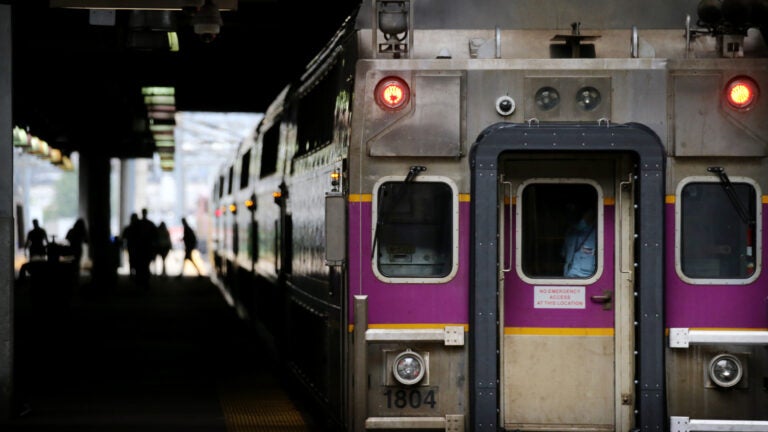F-Line to Dudley
Senior Member
- Joined
- Nov 2, 2010
- Messages
- 9,543
- Reaction score
- 10,374
They do, but they expect longer trains from each origin point for the WC so it gets harder. I could see real-deal max length 9-packs being used from Boston for the event. The dwell times are definitely icky with up to half the cars on each train overspilling the ends of the platform. The passing track at the station is new-construction for the expansion of regular Commuter Rail service to F'boro, so they're looking to take advantage of that infrastructure that wasn't there when the current platform was built (I'm guessing CSX doesn't carry many high-and-wides to Attleboro and doesn't mind crawling at restricted speed on a temporary basis).Don't they already double-berth the trains? I recall reading somewhere, probably here, that they moved the block boundary to the middle of the platform so they could do that.
I hope Kraft is paying for nearly all of this, because Foxboro is already a 725 ft. long platform with fully up-to-spec ADA mini-high. It doesn't fall within the T's Top 50 systemwide accessibility needs.


